With summer fast approaching, many of our spring blooming plants are busy setting seed. As much of this property is natural woodland, the vast majority of plants growing here were not intentionally planted. Some are natives, others are foreign invaders. However, as we intend to gradually remove unwelcome, introduced species, and restore native species to the property, we knew we first had to be able to identify the plants that are currently calling Curbstone Valley home.
Many plants here in winter are either dormant, or nondescript in their appearance. However, watching them closely this spring during their natural bloom cycles has helped us to identify a number of native species that are already well established here. We now have the promise of more of these native plants next spring.
Calochortus albus (Fairy Lantern)
Ceanothus thrysiflorus (Wild Lilac)
Clintonia andrewsiana (Western Bluebead-lily)
Corallorhiza maculata (Summer Coralroot)
Iris fernaldii (Fernald’s iris)
Lathyrus vestitus (Pacific pea)
Rosa gymnocarpa (wood rose)
Salvia mellifera (black sage)
Trillium ovatum (Western Wake Robin)
Viola glabella (Stream Violet)
Viola ocellata (Two-Eyed Violet)
For some of these species, as they’re already content to grow here with minimal care, we hope to collect some seed and try propagating them ourselves. Then hopefully we can replant them in areas cleared of aggressive or invasive non-native species. This is by no means a comprehensive list of all the native plants growing here, and no doubt there are still a few as yet undiscovered lurking in our woodland.
Tomorrow though, we’ll introduce you to a group of undesireables that are also setting seed, that will keep us very busy over the coming years as we endeavor to persuade them to leave.
Convince me that you have a seed there,
and I am prepared to expect wonders.
– Henry David Thoreau

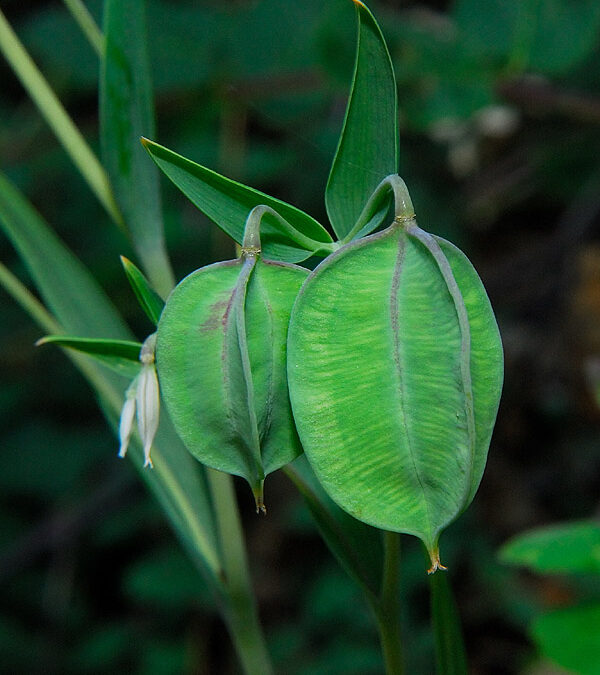


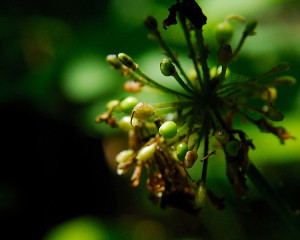

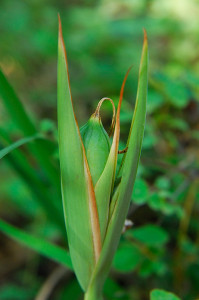

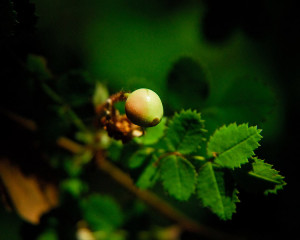
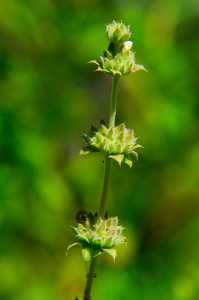
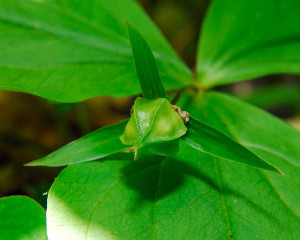
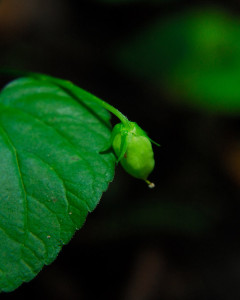
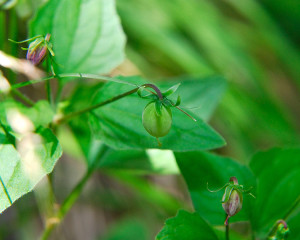







I’m going to guess I will match better with the undesirables to come then the desirables described here. Just a guess, of course.
Well, I love your native species. I admit that I admire you in your quest to learn about which plant species are native and what are not. You are a great example of someone making a difference where you are ‘planted’.
Clare, what an adventure! I feel I am a guest, allowed to observe (and learn) from the sidelines, while you & Jon do all of the work in this living classroom! Once again, thanks for blogging…
Are you having as much fun as it looks like? I feel a lot of vicarious pleasure … but I’m also seriously jealous! LOL
If you’ve read part II, I’d be curious to know if you’re still jealous? 😛 I actually am having a blast though. In my minds eye I can see how much better things can be here, in time, which gives me the drive and determination to make it happen! 🙂
Dear Clare, This is obviously going to be something of a labour of love but, that said, I think that it is a wonderful idea to try, where possible, to restrict the plants growing in the wild on the farm to native species. And, on the plus side, it must be fascinating discovering what really does belong and what should be rooted out.
I admit to being an absolute ignoramus about California native plants when I moved here. I still am in regards to native grasses. I love a challenge though, and sometimes I feel like a little child who gets wildly excited every time she flips over a rock or log. I love discovering new things here, plants or animals, and it’s not only been fun figuring out what should be here, but also learning about the dependence of some species on the others. The notion that without Banana Slugs here, there might not have been coast redwood forests, leaves me in awe.
Hi CV,
Glad to see you are encouraging natural plants in your woodland… I can well you will have lots of fun trying to get rid of the not-so-welcome plants growing there too!
I hope it won’t be too much work getting rid of the invasive thugs you have, I think I might be able to guess some you have… As long as you don’t have plants such as Japanese Knotweed!
Thus far our biggest battle has been the French Broom, but over the last three years, with twice-annual removal of new plants in the problem areas, we’re finally making some progress. It will take time, and effort, and diligence to keep going after the same offenders. It’s worth it though, and our efforts are already being rewarded. When we first moved here it was so overgrown, there was a strange eerie silence here. We’d hear very few birds. Now we not only hear more birds, but we’ve sighted a number of species here this spring that we haven’t seen on the property before, including the Pacific-slope flycatcher nesting on our porchlight, the rufous hummingbirds, and downy woodpeckers. We seem to have more lizards and butterflies too. It will interesting to see how things change here as we continue to encourage our native plants here.
Thanks for sharing these photos. Sometimes, when we look closely, we can see the beuty in the plants beyond the blooms. I am also envious of all the natives you have growing there of their own accord.
Best of luck removing the non-native species!
I suppose most native plants tend to be unobtrusive when not flowering – and many of us unfortunately take them for granted.It is worth looking more closely so that we can identify them. If I know a plant’s name I tend to “see it” as I pass by.
You’ve got fairy lanterns, lucky you! They don’t grow at my place, too exposed in this south facing property, but they grow in the north slopes and I so love running into them.
Clare, I so love what you are doing for your land, how you intend to care for it and restore it lovingly to a place of health and stability. If only more of us would do this! You are an inspiration to me for whenever I finally become steward, myself, of “a bit of earth,” as Mary said in The Secret Garden. 🙂
My faves are the fairy lanterns! (Are the Pacific peas edible, I wonder?)